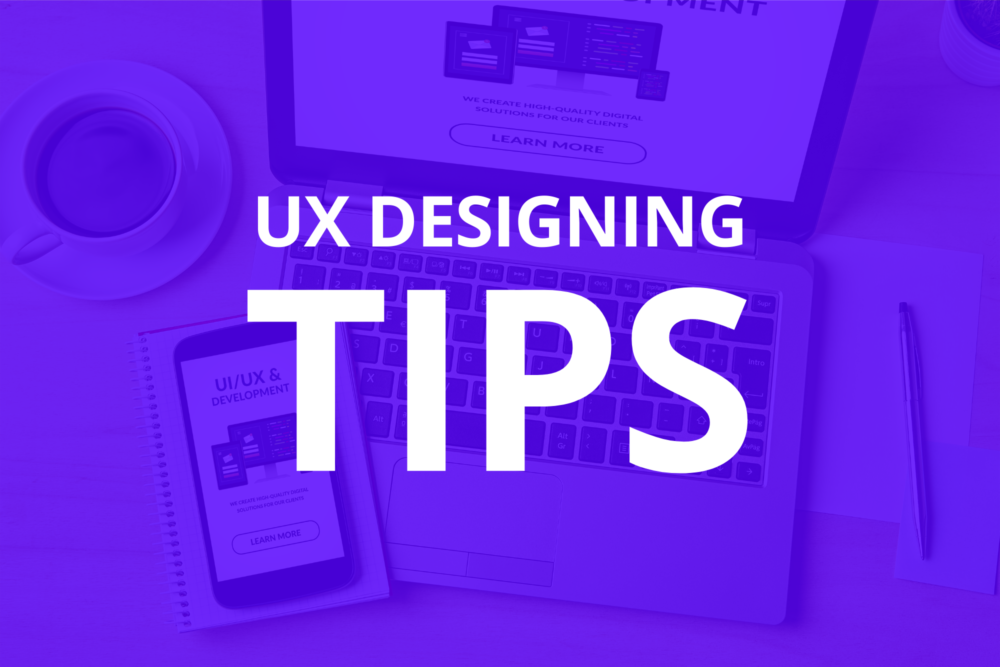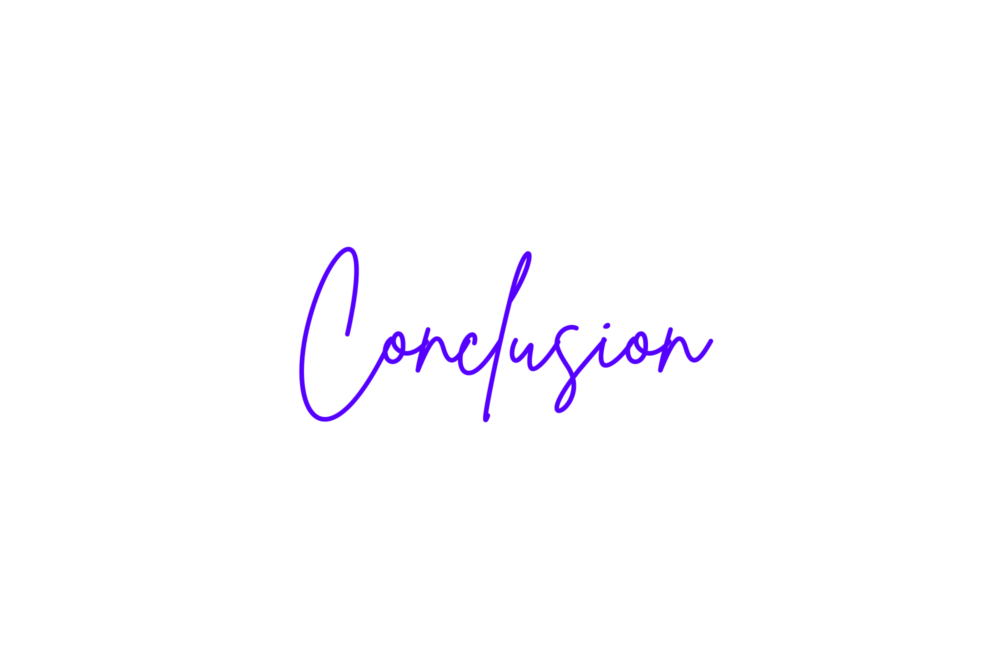There is often some confusion between information architecture and UX design. Many people think they are the same thing, but this is not true. Information architecture (IA) is sorting and labelling information on a website so that users can access it easily. On the other hand, UX design is designing a website or app in a way that makes it convenient for users to interact with. A good user experience is essential for a website to succeed and attract more traffic. This blog will discuss the differences between information architecture and UX design.
What is Information Architecture?
Information architecture (IA) is the process of tagging and arranging information on a website so that users can look for it without any hassle. It involves creating a hierarchy of information, designing menus and navigation systems, and creating labels and tags. IA is important because it helps users understand where they are on a website and how to get the information they need. Correctly done information architecture will ensure your users’ convenience in navigation and looking for desired information.
Information Architecture Designing Tips:
There are various methods to design information architecture. Here are some quick tips that can help you design a great IA :
-
Create a sitemap
A sitemap is a website diagram that shows the hierarchy of information. It can help you visualize how the pages on your website are linked to each other.
-
Use labels and tags
Labels and tags help users understand what type of information they are looking at. For example, if you have a blog about dogs, you could tag it with the keyword “dogs” so that users can easily find it.
-
Create menus and navigation systems
Menus and navigation systems make it easy for users to navigate a website. Make sure that menus are unambiguous, easy to use and understand.
-
Design for different devices
People will view your website on different devices, so it’s essential to design your IA with this in mind. Make sure that your website is easy to navigate on mobile phones, tablets, and desktop computers/laptops.
Tools Used for Information Architecture:
-
Wireframing tools
These tools allow you to create diagrams of websites or apps, which can be used to map out the hierarchy of information and design an ideal navigation system for your website.
-
Labelling and tagging tools
These tools are used to create labels and tags for pages and content for your website.
-
Analytical tools
These tools help you analyze users’ experiences with your website or app. For example, they can help you determine which pages and content are most popular and identify usability issues to attract more traffic.
What is UX design?
UX design ensures that the layout and design of a website or app are easy for users to navigate through and interact with. It includes tasks such as designing buttons and icons, creating prototypes, and testing designs with users to understand their point of view. UX designers also work on usability issues, such as ensuring that websites are easy to use and navigate and that apps are easy to learn.
UX Designing Tips:
Here are some tips that can help in creating a successful UX design:
-
Make sure your designs are easy to use
This means considering the user’s needs and ensuring that your designs are simple and easy to understand.
-
Create prototypes
Prototypes allow you to test your designs with users and feedback on how they work in practice. Prototypes are the test designs and can be improved anytime according to the users’ needs before the website is finalized.
-
Test your designs
Testing is vital to make sure that your designs are effective and meet users’ needs. In addition, your website’s design must be easy to understand, even for novice users.
-
Iterate
Iteration means making changes to your designs based on feedback from users. It’s an integral part of the design process, and users’ feedback is crucial to developing an ideal UX design.
Tools Used in UX Design
-
Design and prototyping tools
These tools are used to create designs and prototypes of websites or apps.
-
Usability testing tools
These tools allow you to test your designs with users and collect feedback.
-
Analytical tools
These tools help you analyze users’ experiences with your website or app. They can help you determine which designs are most popular and identify usability issues.
What is the difference between Information Architecture and UX design?
There is often much confusion about what the two terms mean regarding information architecture (IA) and user experience (UX) design. Some people use them interchangeably, while others think they are two completely different disciplines. However, the truth is that IA and UX are two sides of the same coin. Both disciplines are concerned with making websites and apps easy to use, but they approach this goal from different angles.
IA is all about arranging information to make sense to users. This includes creating menus and navigation systems, labelling information, and designing search systems.
On the other hand, UX is all about making sure that websites and apps are easy to use and enjoyable to interact with. This includes designing buttons and icons, creating prototypes, and testing designs with users.
Both IA and UX are necessary for creating user-friendly websites and apps. However, it is crucial to understand the differences between these two disciplines so that you don’t overlook the importance while focusing on the other for your project. For example, if you are looking for a way to organize information on a website, then IA should be your focus. Similarly, if you want to make websites and apps more user-friendly, UX design would need your attention.
Relationship between IA and UX?
There is a strong relationship between information architecture (IA) and user experience (UX) design. IA lays the groundwork for a website or app by organizing information that is easy for users to understand. UX design builds on this foundation by making sure that the website or app is easy to interact with and enjoyable at the same time. This combination of IA and UX is what makes websites and apps user-friendly.
Importance of IA and UX in Web Designing
Information architecture (IA) and user experience (UX) design are two of the most important aspects of web designing. IA is responsible for organizing information on the website to make sense to users. At the same time, UX is responsible for ensuring that websites and apps are easy to use and friendly to interact with. These two disciplines work together to create websites and apps that users don’t have a hard time with. Without either IA or UX, websites and apps would be difficult to use and likely frustrate users.
FAQS
-
Is Information Architecture the same as UX?
The terms “information architecture” and “UX” are often used interchangeably, but they are not precisely the same. IA ensures that the information on your website is arranged and labelled so that it is easy to search for and access. UX is the practice of making websites and apps user-friendly by improving users’ experience with them.
To sum it up, good information architecture makes it easy for users to find what they need on a website or app, while good UX makes using a website or app an enjoyable experience. However, there is some overlap between these two fields, and many information architects also focus on UX design.
-
How do you use Information Architecture?
Information architecture is the practice of organizing and structuring your website’s content so that users don’t have to look for it too hard. There are a few fundamental principles of information architecture that can be applied in any situation:
- Organize information by topic or type.
- Create a clear and consistent navigation system.
- Use meaningful labels and headings.
- Make sure everything is easy to find.
-
What does Information Architecture include?
Information architecture includes arranging and indexing the content on a website so that users can quickly look for it without any complications. It also includes designing the website’s layout to make it easy for users to navigate.
It is an integral part of web design because if the site is not well-organized, users will not be able to find what they are looking for. This can lead to frustration and decreased usability. Poor navigation can also cause users to get lost on the website.
-
How do you design Information Architecture?
The goal of IA is to make it easy for users to find what they’re looking for and help them complete their tasks as quickly and efficiently as possible. There are a few key steps involved in designing good IA:
- Define the business goals and user needs.
- Map out the user journey and identify critical tasks.
- Create a taxonomy of items, and define relationships between them.
- Design a navigation structure that reflects the taxonomy.
- Implement the design.
Conclusion
In conclusion, If you want to create a user-friendly website or app, you need to think about both IA and UX. Both disciplines are equally important for creating user-friendly websites and apps. A professional can help you achieve both these objectives to make sure that users have a great experience with your website and don’t hesitate to come back again. Read about Create Animated GIFs Using Top Tools here.





